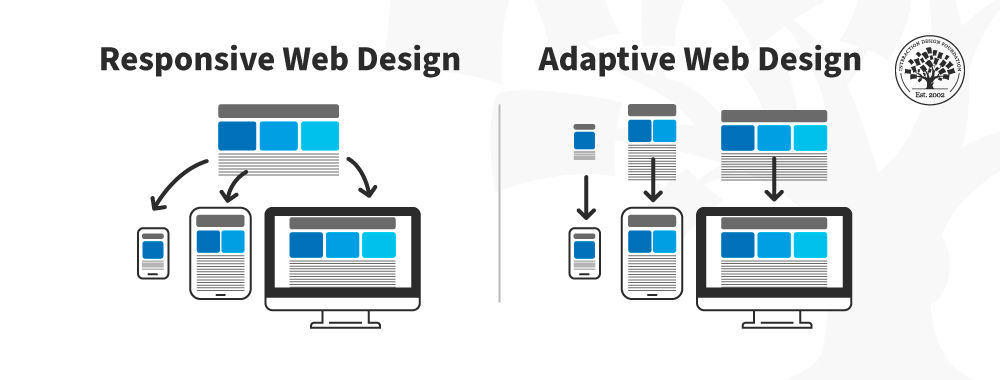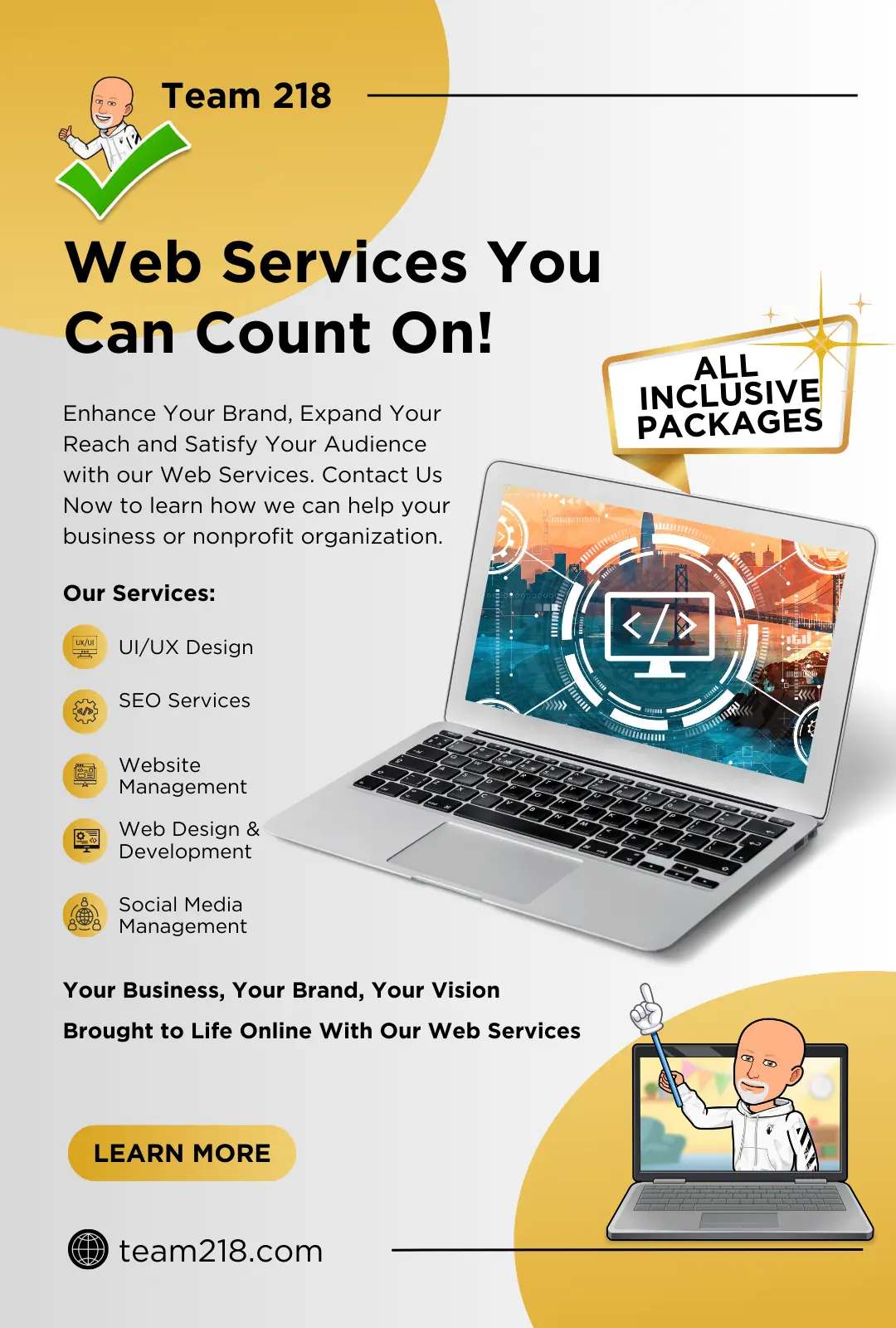Trick Factors To Consider to Bear In Mind When Creating a Modern Website Design That Aligns With Current Fads
In the ever-evolving landscape of internet style, it is essential to consider numerous critical factors that not just show present fads however also enhance user interaction. A responsive layout is vital, making certain that customers experience seamless capability across different gadgets. Prioritizing individual experience through user-friendly navigation and visual charm can not be overlooked.
Responsive Style Concepts
In the ever-evolving landscape of internet design, the execution of responsive style principles stands as a basic requirement for developing user-friendly web sites. Responsive style ensures that web pages make well on a selection of gadgets, from desktop computers to tablets and mobile phones. This flexibility is achieved with fluid grids, flexible pictures, and media questions, which jointly allow a solitary website to supply an optimum watching experience across diverse systems.
The core of responsive style lies in its ability to change design and material based on the individual's screen size and positioning. By utilizing relative systems like portions instead of taken care of systems like pixels, designers can produce scalable designs that preserve visual stability. Furthermore, utilizing media inquiries enables for the application of different styles relying on the features of the tool, promoting tailored experiences that improve use.
In addition, receptive style is not merely a technical factor to consider; it is crucial in suiting the boosting use of mobile tools for web browsing. As customer assumptions develop, making sure availability and performance across all systems ends up being crucial for preserving interaction and fulfillment. Therefore, embracing receptive design concepts is necessary for contemporary internet advancement, fostering inclusivity and future-proofing electronic content.
Focus on Individual Experience
User experience (UX) has actually emerged as a main focus in contemporary website design, complementing the concepts of responsive layout by prioritizing exactly how users connect with web sites. A well-designed UX can substantially impact customer retention, engagement, and fulfillment, emphasizing the need for developers to create enjoyable and user-friendly experiences.
Secret aspects of efficient UX style include usability, functionality, and looks. Internet sites need to be very easy to browse, making sure individuals can discover the information they seek without complication.

Furthermore, including customer feedback into the design process is vital - web design. Performing use testing and gathering insights from real users can offer useful details to improve the layout and address discomfort factors. Inevitably, a solid focus on customer experience will certainly aid develop web sites that reverberate with site visitors, promoting commitment and driving conversions
Relevance of Access
Accessibility is a fundamental aspect of modern-day internet design, guaranteeing that all individuals, regardless of their disabilities or abilities, can navigate and interact with digital web content properly. As the net becomes progressively important to day-to-day live, it is vital that sites are inclusive, dealing with a varied audience that consists of people with visual, acoustic, cognitive, and electric motor impairments.
Implementing access attributes not only sticks to lawful requirements, such as the Americans with Disabilities Act (ADA) and the Internet Material Ease Of Access Standards (WCAG), however also boosts individual experience for everyone. Obtainable layouts typically lead to far better navigation, faster packing times, and improved seo, benefiting all users.
Additionally, fostering a comprehensive digital setting reflects favorably on a brand's online reputation. Companies that focus on ease of access show social responsibility and a dedication to equity, which can enhance client loyalty and widen their market reach.

Existing Visual Trends
Embracing existing aesthetic trends is crucial for developing aesthetically attractive and engaging websites that record individual interest. In today's digital landscape, minimalism remains to dominate, emphasizing clean lines, enough white room, and simple navigation. This method not just enhances readability but also allows vital content to beam, lining up with customer expectations for simplicity and clearness.
Furthermore, the usage of strong typography is increasingly preferred, boosting and supplying a distinct voice brand identity. Big, eye-catching font styles can develop aesthetic hierarchy, assisting users with the material efficiently. Furthermore, vivid shade schemes are rebounding, permitting developers to evoke feelings and develop memorable experiences.
Another pattern is the unification of unbalanced formats and natural forms, which can add an element of surprise and imagination, establishing a website besides even more conventional layouts. The combination of immersive visuals, such as top quality images and videos, can engage Visit Your URL users and convey messages more powerfully.
As these aesthetic fads evolve, it is essential for web developers to remain educated and adjust their methods, guaranteeing their developments stay relevant and resonate with modern target markets.
Enhancing for Performance
While aesthetic factors to consider play a substantial function in drawing in users, optimizing for efficiency is similarly essential to guarantee a seamless surfing experience. A properly designed web site ought to load promptly and react immediately to individual interactions, as hold-ups can result in disappointment and enhanced bounce rates.
To attain ideal performance, programmers must prioritize minimizing documents sizes by compressing pictures and using reliable coding methods (web design). Executing careless loading methods can also improve speed by postponing the loading of non-essential resources till they are needed. In addition, leveraging Material Distribution Networks (CDNs) can disperse static possessions better to individuals, reducing latency
Additionally, it is necessary to use contemporary web innovations such as HTML5 and CSS3, which not just enhance efficiency however additionally improve compatibility across different tools and web browsers. Routinely monitoring web site speed making use of tools like Google PageSpeed Insights can supply valuable insights right into locations for improvement.

Final Thought
To conclude, modern website use this link design demands a complex method that includes receptive layout concepts, a focus on user experience, and stringent adherence to access criteria. Current aesthetic trends, defined by minimalism and strong visuals, additionally boost engagement. Additionally, optimizing performance with effective resource administration and quick filling times is essential for keeping individuals. Jointly, these factors to consider add to the production of a natural and impactful on-line existence that fulfills the varied requirements of contemporary individuals.
In the ever-evolving landscape of internet style, it is crucial to take into consideration numerous essential variables that not just reflect existing trends yet likewise enhance user involvement. A responsive layout is extremely important, making certain that customers experience seamless functionality throughout different devices.The core of receptive design exists in its capability to adjust format and material based on the user's display size and alignment.Additionally, incorporating user comments into the layout process is vital.In conclusion, modern-day web design necessitates a complex technique that encompasses responsive layout principles, an emphasis on user experience, and stringent adherence to ease of access criteria.